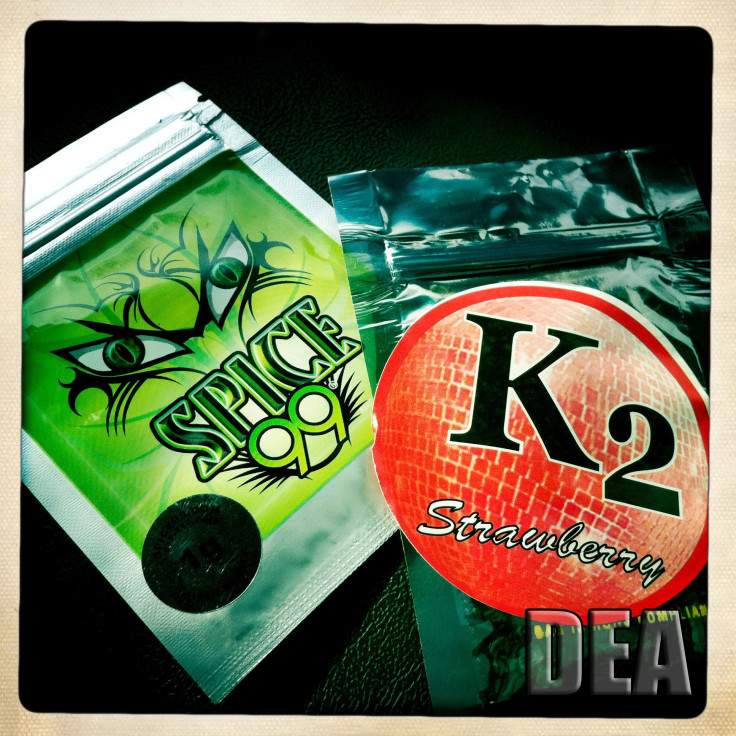Poison Center Calls Involving 'Synthetic Marijuana' Are More Than Twice As High As Last Year

People are poisoning themselves with synthetic pot products at more than twice the rate as this time last year, according to a report released this Friday from the Centers for Disease Control and Prevention (CDC).
As part of their Morbidity and Mortality Weekly Report (MMWR), the CDC announced the results of an analysis into the number of poison control calls made as a result of synthetic cannabinoid products so far this year. "During the 2015 study period, poison centers reported 3,572 calls related to synthetic cannabinoid use, a 229 percent increase from the 1,085 calls during the same January–May period in 2014," the report concluded. Specifically, the number of calls skyrocketed from 339 in January to 1501 in April before settling back to 2014 levels in May.
While a majority of these calls were only associated with "agitation," a rapidly pounding heart, or, funnily enough, drowsiness, about 11 percent were linked to major adverse effects and 15 deaths were ultimately connected to its use. Eighty percent of the calls involved men, the product was usually smoked, and the median age, when reported, of the users was 26.
These synthetic cannabinoids are considered designer drugs, with the manufacturers of products like "Spice" or "K2" spraying a variety of chemicals onto a smokable herbal preparation — chemicals believed to mimic the high found in conventional marijuana. Though advertised as a safer, legalized, and herbal alternative to marijuana, public health experts warn that the unregulated and ever-changing cocktail of chemicals utilized in these products can lead to widely different outcomes for the user, including those dangerous. Users can suffer from psychotic effects like extreme anxiety, paranoia, and hallucinations, according to the National Institute on Drug Abuse.
As Medical Daily reported this April, a rash of more than 160 hospitalizations over a nine-day period in New York was linked to these products, following similar outbreaks in Texas and New Orleans. Though technically outlawed in several states like New York and New Jersey, the relative ease in obtaining these drugs over the counter in head shops or through the Internet has made them popular among the younger crowd.
With health officials scrambling to permanently restrict their use, manufacturers have taken to formulating new combinations of cannabinoids without understanding how they may interact in their consumers — a loaded arms race that may be partly responsible for the rise in harmful incidents seen this year, the CDC report notes.
"The increasing number of synthetic cannabinoid variants available, higher toxicity of new variants, and the potentially increased use as indicated by calls to poison centers might suggest that synthetic cannabinoids pose an emerging public health threat," the authors wrote. "Multiple other recent outbreaks suggest a need for greater public health surveillance and awareness, targeted public health messaging, and enhanced efforts to remove these products from the market."
Source: Law R, Schier J, Martin C, et al. Notes from the Field: Increase in Reported Adverse Health Effects Related to Synthetic Cannabinoid Use — United States, January–May 2015. MMWR. 2015.



























